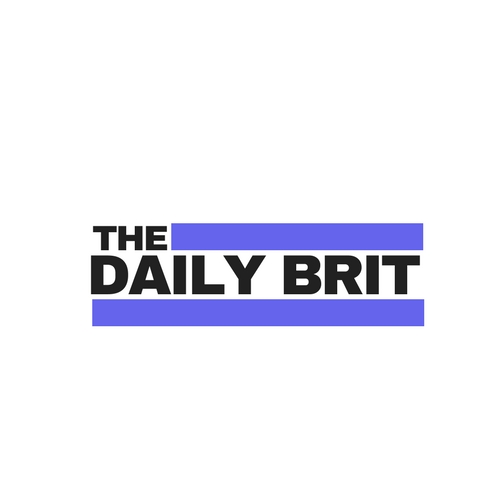UK hiring hotspots revealed in new Jobs Recovery Tracker

The Recruitment & Employment Confederation (REC) has launched a new Jobs Recovery Tracker, which uses job postings data to spot signs of labour market growth by county and occupation type. It found that there were around 950,000 unique job adverts in the UK between 11-17 May 2020, with the largest surges in hiring seen in rural areas.
While employer demand in the UK as a whole has been shrinking in recent weeks, many local areas have seen a significant uptick. The number of job postings in Breckland & South Norfolk in the east of England grew by 8.7% week-on-week between 4-10 and 11-17 May, the fastest of any local area in the UK, reflecting the needs of our rural economy. Many areas of Scotland and the north-east of England also saw growth, such as Argyll & Bute (+4.5%), Durham (+2.4%) and Northumberland (+2.4%).
At a broader regional level, all areas of the UK saw a continued decline in the number of job postings posted between 4-10 May and 11-17 May, with the exception of the North East, where postings increased by 0.8%. The largest weekly falls were seen in the South West (-2.4%) and North West (-2.2%).
Demand for certain occupations has also grown during this time. Predictably the number of job postings for health professionals (+9.2%), pharmacists (+3.9%), and nurses (+2.7%) all increased. Less expectedly, the demand for security guards (+3.8%) and artists (+4.1%) increased.
The number of job adverts for LGV drivers fell by a significant 7.4%, as well as demand for architects (-6.5%) and construction project managers (-6.2%) as new building projects are delayed.
The data reveals a longer-term decline in postings, due to the impact of COVID-19. During the month of February 2020, before lockdown measures were introduced, there were over 1.86 million unique job postings in the UK. This fell by 28% to 1.34 million in April.
Neil Carberry, Chief Executive of the REC, said:
“This new survey is designed to help us track the recovery of the jobs market from the current crisis. While there has been a huge slowdown, this job postings data shows that the picture isn’t uniform in all parts of the country and for all types of occupations. We will be updating this tracker regularly to make sure that jobseekers and recruiters know exactly where and how that recovery is happening.
“Health and social care workers being in high demand isn’t a surprise, but as more workplaces start to re-open, we are likely to see similar trends emerging for other roles. The increase in job adverts for cleaners and security guards could be the first sign of this. It’s encouraging to see growth in many areas of north-east England, and hopefully other regions will start to follow in the coming weeks. The economy will begin to bounce back from COVID-19 in the coming months, as businesses start to hire again. We hope this report will also support the collaborative work between government and business to redeploy workers into sectors where demand is returning.”
The job postings data used is processed by Emsi. Matthew Mee, Director, Workforce Intelligence at Emsi said:
“The launch of REC’s Jobs Recovery Tracker will be an important lead indicator of what we all hope will be a speedy economic recovery across the UK.
“We’ve seen a significant fall in total postings activity over the last few weeks, however there are some early positive indicators emerging in the data which is encouraging to see.
“It’s going to be really interesting to monitor the details of the market adjustment in the weeks ahead – so looking at trends like who’s hiring versus who’s not, what skills are in demand and how has this changed, what is happening to pay levels and work patterns. By providing these insights, we hope to play our part in getting the UK and the Recruitment sector back to work.”
The REC’s Jobs Recovery Tracker will monitor the change in job postings across different local areas and occupations regularly during the coming months. This will help businesses, recruiters and policymakers to map how the jobs market is evolving and growing as the economy starts to recover from the COVID-19 pandemic.




